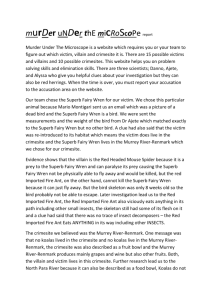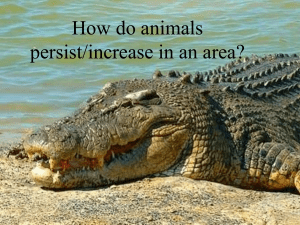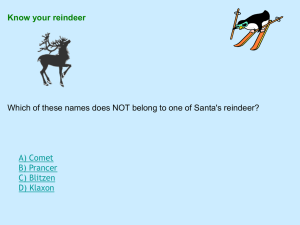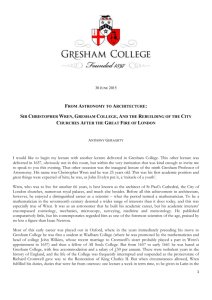NZ Wren and Adaptive Radiation
advertisement
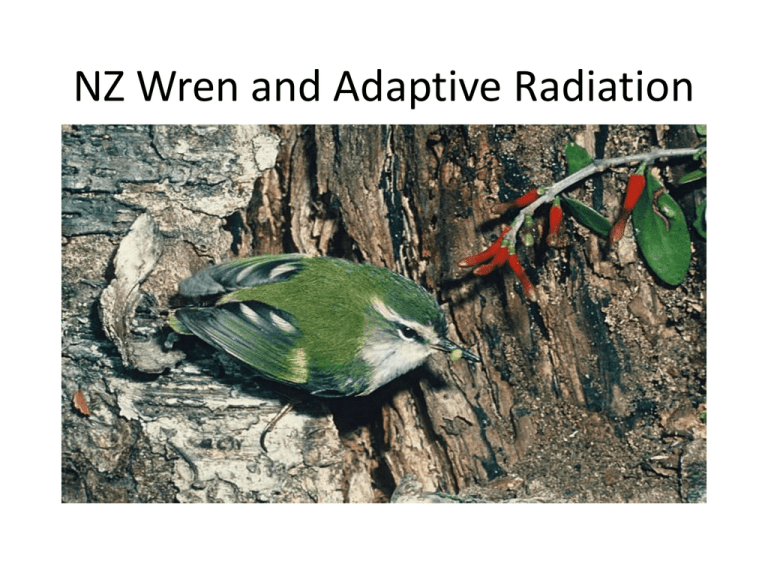
NZ Wren and Adaptive Radiation NZ Speciation To explain NZ speciation you need to understand: •Early separation from Australia by continental drift •NZ is on the boundary of the Indo-Australian and Pacific plates → Mountain building e.g. Southern Alps. Also geographical barriers e.g. Volcanoes • When the temperature drops after glaciations so do sea levels → land bridges → spreading of organisms • When temp. Increases the sea levels rise which creates islands → genetic bottleneck when organisms in valleys are drowned or allopatric speciation if they are simply separated. • The great range of habitats in NZ creates more ecological niches than Australia →↑ Adaptive radiation Tool using finch • Finch numbers rapidly grew as they moved into unexploited habitats as they had the adaptations that allowed them to successfully occupy those habitats Watch you tube clip on Galapagos finches • 20 Million years ago NZ became isolated from Australia • An ancestral wren became isolated in NZ away from Australia • NZ’s land mass was considerably smaller than today due to the sea levels • Once sea levels dropped it opened up new habitats for the Wrens • The Wrens then had different selection pressures in different habitats and different adaptations within the Wrens because of the genetic variation they were able to exploit different habitats. • Over time this lead to many different species evolving from the one ancestor = adaptive radiation Rifleman Wren • One of the smallest of our endemic birds • One of two surviving Wren species (including the Rock Wren) • Found in both the North & South Island • Feeds on trunks & branches in the bush getting food around lichens and mosses • Rifleman Rifleman Wren Rock Wren • Feed among tussock and rock • One of the two surviving Wren species • Only located in the South Island as restricted to Alpine areas – considered high risk • Rock Wren Rock Wren Curved Beak Wren (otherwise known as long-billed Wren) • Now extinct • Was found only in the South Island. • One of 6 known Wren species that lived throughout NZ • Most became extinct with introduction of humans & rats - the Stephen’s Island Wren was killed off by the lighthouse keeper’s cats! • Feed on grubs in trees • Uses curved beak to pull grubs out of crevices in trees Curved Beaked/Long Billed Wren More on Wren... • NZ Wren


